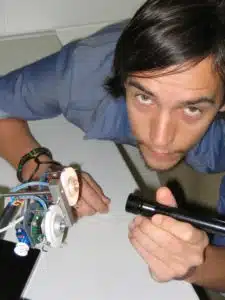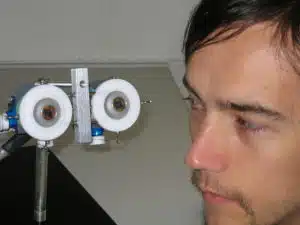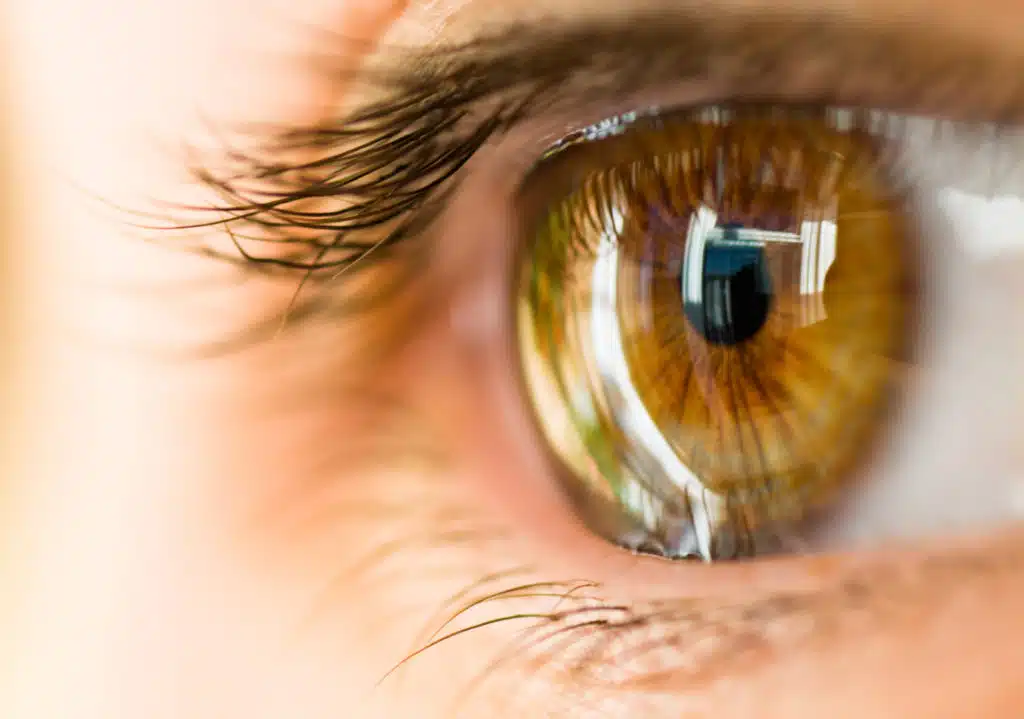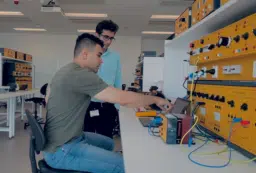A young Adelaide engineer has developed a simulator to help health professionals learn how to properly perform the common ‘pen torch’ examination of the eyes – an essential test for signs of brain dysfunction.
The simulator, known as EyeSim and designed by Timothy Nelson of Flinders University, will allow trainees to practise without distress to real patients – in the same way that pilots practise using flight simulators.
“Although the “pen torch” test is one of the most common clinical examinations, the procedure involves complex interpretation of what can be very subtle symptoms,” Tim says.
“Hospitals presently pay upwards of $250,000 for a high tech manikin, which will simulate all sorts of human functions, but the eyes are fixed and completely non-responsive to light,” says Tim.
“The current teaching method relies on using textbooks, in conjunction with practice on human patients.”
“EyeSim offers the advantages of a realistic constriction and dilation of the pupils, and the ability of the eyes to follow a moving object when illuminated with a pen torch.”
“EyeSim will allow educators to vary the complexity of a situation to suit the level of a given student. The instant feedback and repeatability of simulation has been shown to improve the standard of learning that students achieve.”
EyeSim is now being further developed with a view to commercialisation and hopefully inclusion in healthcare curricula worldwide.
Tim is one of 13 Fresh Scientists presenting their research to the public for the first time thanks to Fresh Science, a national program hosted by the State Library of Victoria and supported by the Federal and Victorian governments, British Council and New Scientist.
One of the Fresh Scientists will win a trip to the UK courtesy of the British Council to present his or her work to the Royal Institution.

Timothy Nelson at work

A close up

Eye to Eye with the device





 Fresh Science is on hold for 2022. We will be back in 2023.
Fresh Science is on hold for 2022. We will be back in 2023.